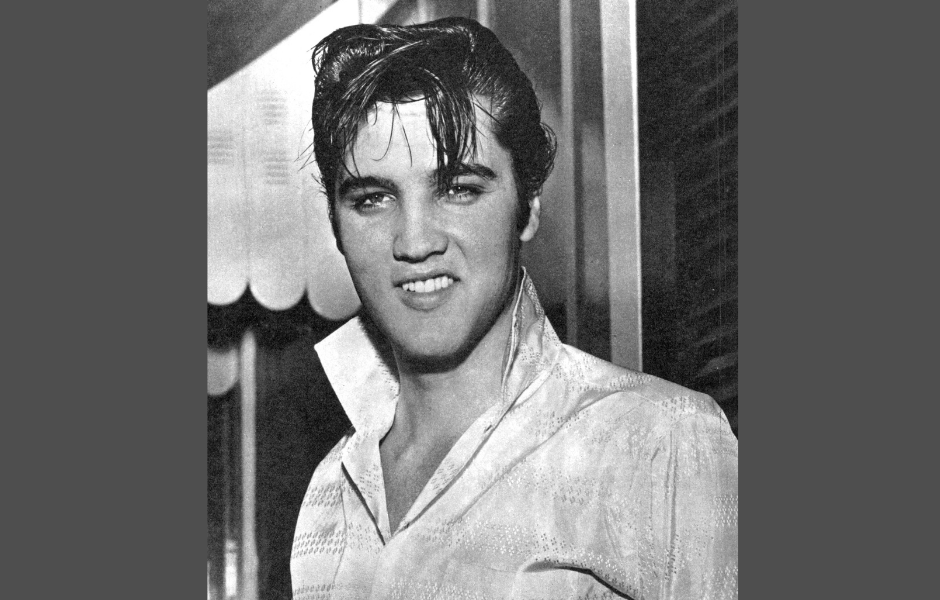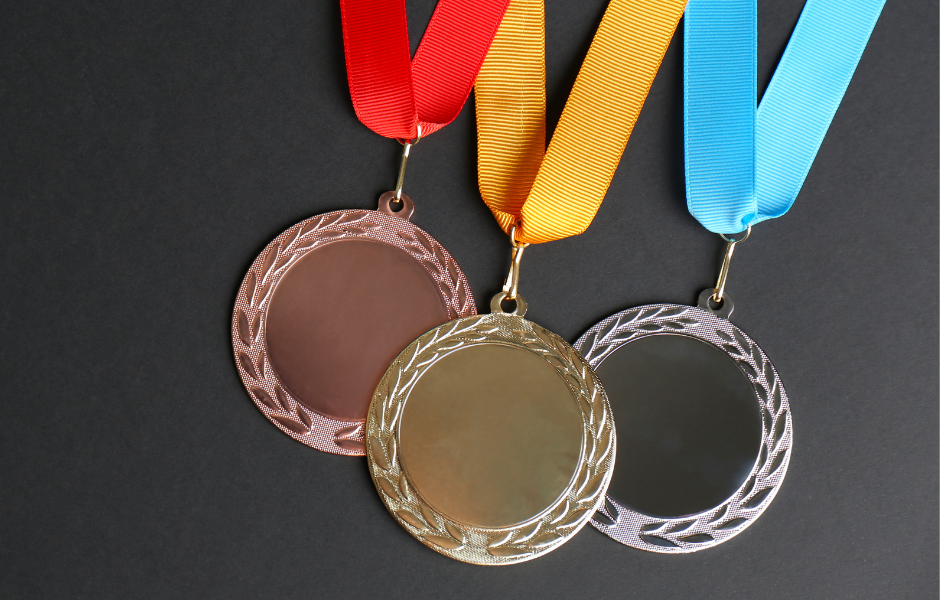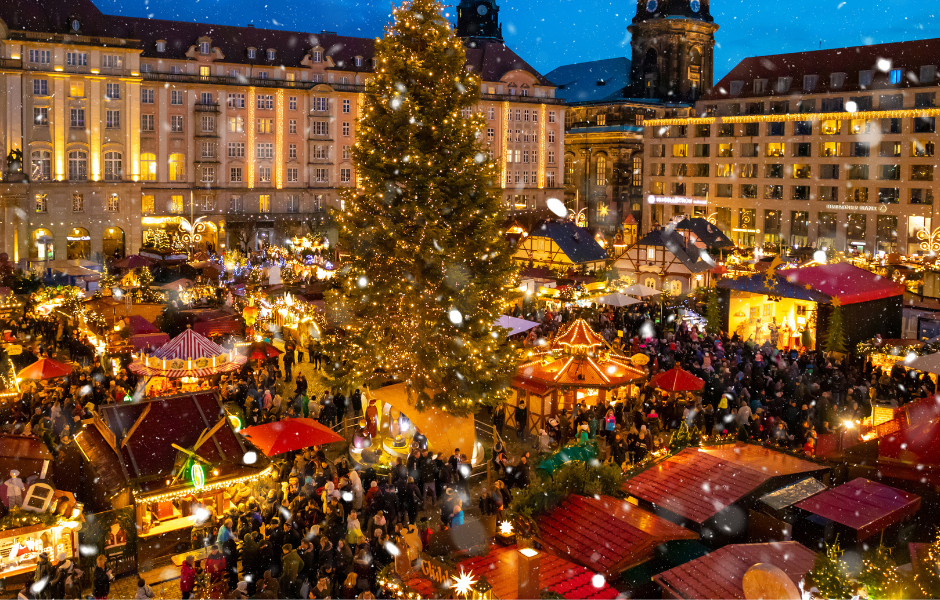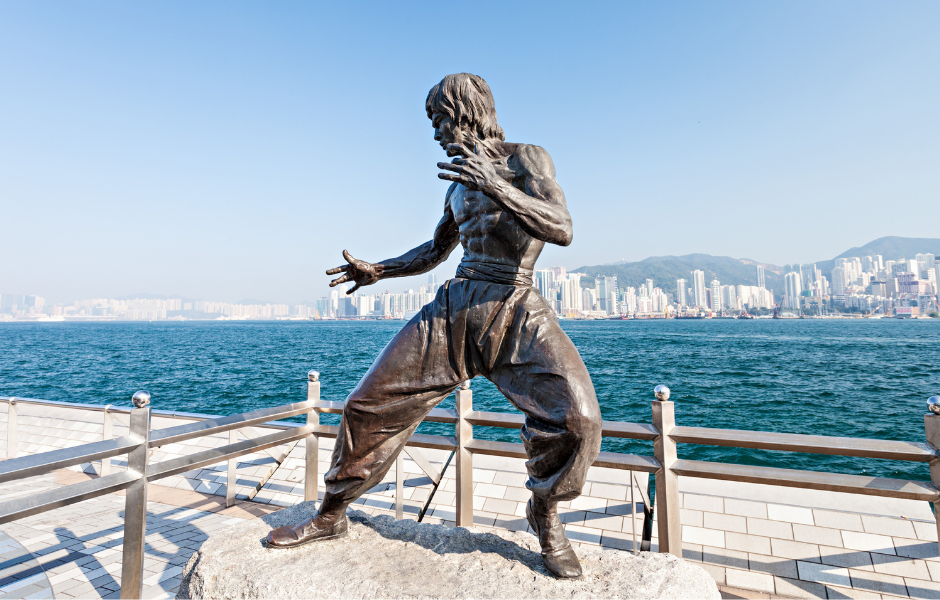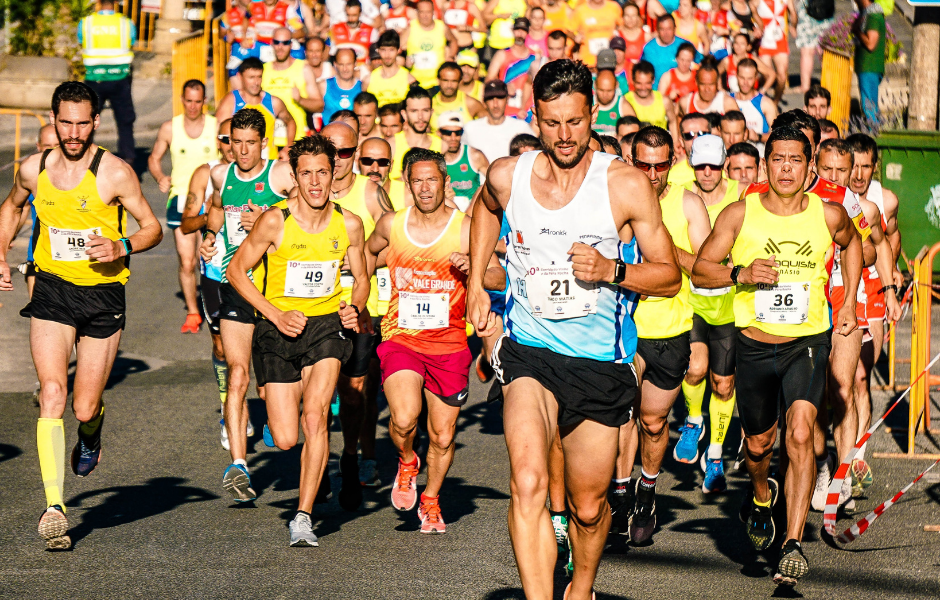
This children’s article, From ancient Greece to today: The story of marathons, has been written for native English speakers and learners of English as a second or foreign language. It can help children build vocabulary, learn about the history of running races, and discover some of the most famous marathons and runners in the world. Written by Mark Pulley, a teacher and writer who creates fun and informative news articles for English learners.
A race from ancient Greece
The story of the marathon began more than 2,000 years ago in ancient Greece. According to legend, a soldier named Pheidippides ran from the town of Marathon to Athens, about 40 kilometres away, to tell people that the Greeks had won a battle. After delivering his message, he collapsed from exhaustion.
This story inspired the creation of the marathon race, which first appeared at the modern Olympic Games in 1896 in Athens. The distance was later standardised to 42.195 kilometres (26.2 miles) after the 1908 London Olympics, when the race was extended so it could finish in front of the British royal family.
How marathons have changed
Early marathons were only for men, and very few people took part in each race. But over time, marathons became events for everyone, professional athletes, amateurs, and even people running for charity.
Women were officially allowed to compete in Olympic marathons in 1984, with American runner Joan Benoit winning the first gold medal. Today, more than 800 marathons take place around the world every year, attracting millions of runners and spectators.
Many races also have fun runs or shorter versions, so more people can join in. Runners often wear costumes, raise money for good causes, or simply challenge themselves to reach the finish line.
The most famous marathons
Some of the world’s best-known marathons include:
- The London Marathon – famous for its fancy-dress runners and charity fundraising.
- The New York City Marathon – one of the largest races, running through all five boroughs of the city.
- The Boston Marathon – the world’s oldest annual marathon, first held in 1897.
- The Berlin Marathon – known for its flat course and fast world-record times.
- The Olympic Marathon – still one of the most prestigious events in sport.
Record-breaking runners
The men’s marathon world record is held by Kenyan runner Kelvin Kiptum, who ran an incredible 2 hours and 35 seconds in Chicago in 2023. For women, Tigst Assefa from Ethiopia set the record of 2 hours, 11 minutes, and 53 seconds at the Berlin Marathon in the same year.
Famous past champions include Eliud Kipchoge, who became the first person to run a marathon in under two hours (in a special event in 2019), and Paula Radcliffe, who held the women’s world record for 16 years.
These athletes show how powerful determination, training, and endurance can be. Just like Pheidippides all those centuries ago.
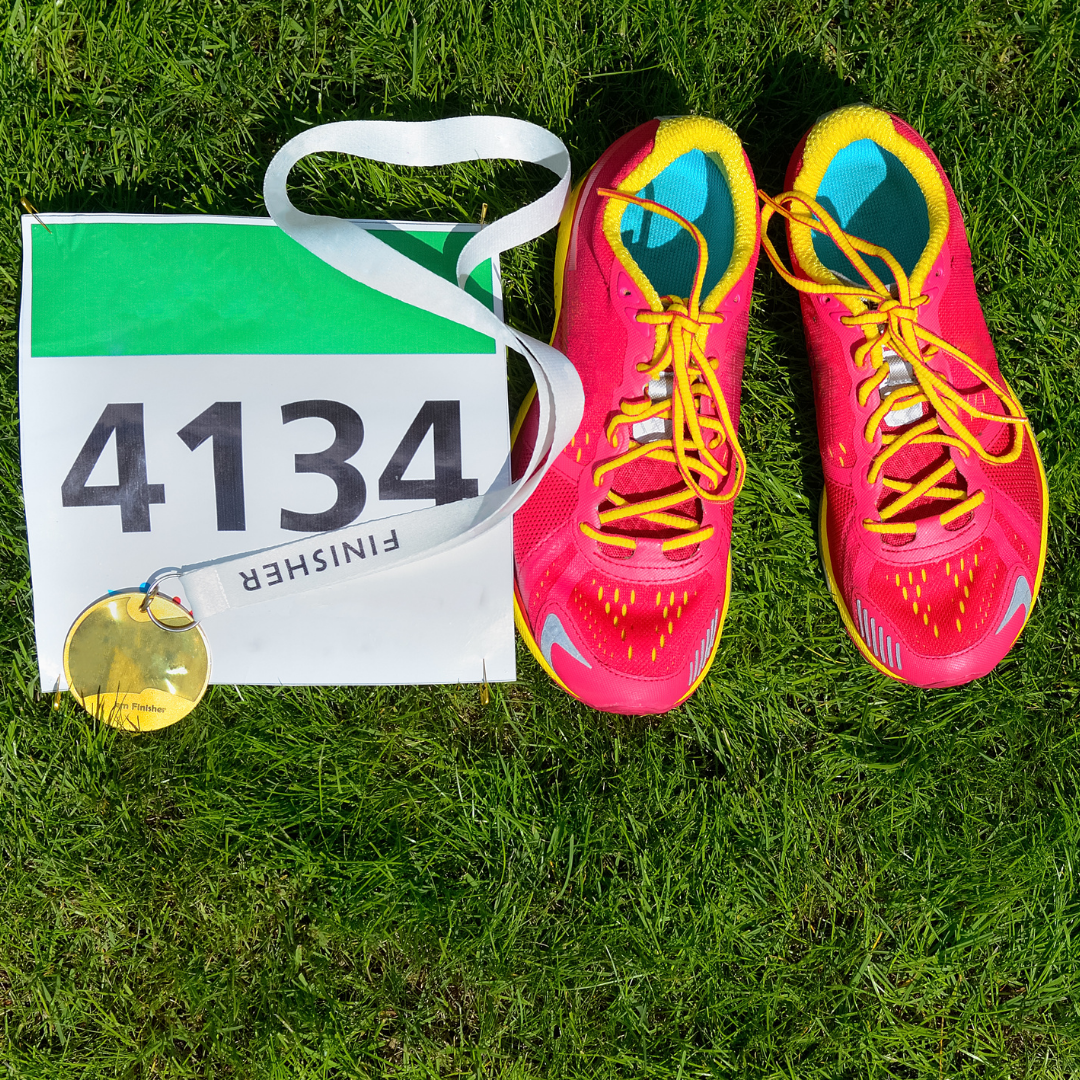
Article vocabulary list
- Marathon – a long-distance running race of 42.195 kilometres (26.2 miles).
- Legend – a traditional story that may mix fact and fiction.
- Standardised – made to have the same rules or measurements everywhere.
- Amateur – someone who takes part in a sport for fun, not as a job.
- Charity – an organisation that helps people or causes in need.
- Spectator – a person who watches an event.
- Prestigious – respected and admired for being important or high quality.
- Endurance – the ability to keep going for a long time without giving up.
Comprehension questions
Just click the plus (+) to see the answer
1. Where does the story of the marathon come from?
A) Ancient Egypt
B) Ancient Greece
C) Ancient Rome
Answer: B) Ancient Greece
2. When did the marathon first appear in the modern Olympic Games?
A) 1896
B) 1908
C) 1984
Answer: A) 1896
3. Why was the marathon distance changed to 42.195 km?
A) To make the race longer for fun
B) So it could finish in front of the royal family in London
C) Because the runners asked for it
Answer: B) So it could finish in front of the royal family in London
4. Who won the first women’s Olympic marathon?
A) Paula Radcliffe
B) Tigst Assefa
C) Joan Benoit
Answer: C) Joan Benoit
5. Which marathon is the oldest in the world?
A) London Marathon
B) Boston Marathon
C) Berlin Marathon
Answer: B) Boston Marathon

Mark is a writer and EFL teacher from England with eight years’ experience. He’s passionate about travel, sport (especially football), animals, nature, and history, and enjoys helping children explore the world through language and learning.

